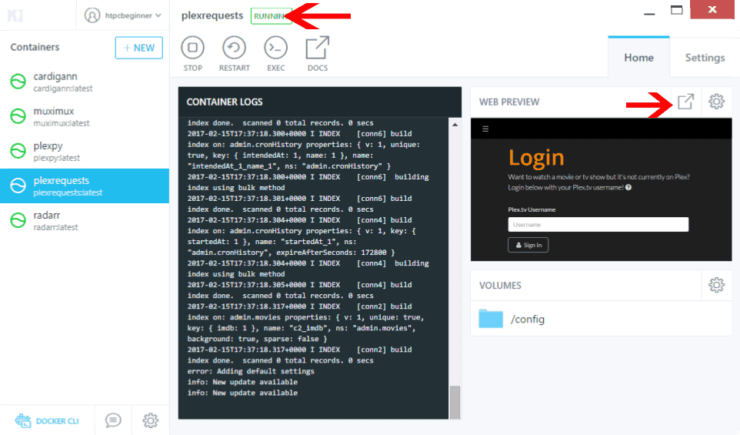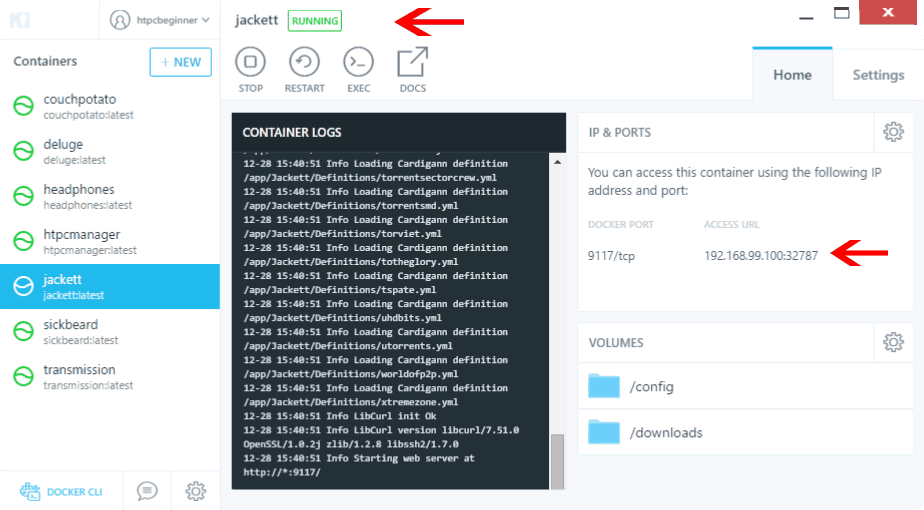
Ever since, many CI vendors have embraced this technology more and have even secured funding to diversify their products.

To the best of my knowledge, no other vendors were able to offer such a complete integration with Docker. Bamboo has a task that allows users to build an image, run a container and push and/or pull Docker images from a Docker registry. Atlassian was, proudly, among the first to embrace Docker.
Use kitematic to link containers software#
As you might have guessed, CI vendors tried to provide ways of deploying software directly to the Docker. The advent of Docker opened up a new fight in the continuous integration world. People can then search the hub for your images, pull them and run… I bet by now that sounds similar to git, except that we’re talking about images instead of source codes. Users are able to work locally to create an image, commit the image and push it to Dockerhub. It was well-designed to work in a similar fashion to git, based on client/server architecture. That was really fun.Īnother thing that made Docker so popular was its ease of use. I remember the first test I did was to start another lightweight Ubuntu instance from my machine which I could access and make configuration changes to.
Use kitematic to link containers install#
When the excitement about Docker was high, I decided to install and play around with it. This guarantees that it will always run the same, regardless of the environment it is running in. This is the official statement from the Docker website:ĭocker containers wrap up a piece of software in a complete filesystem that contains everything it needs to run: code, runtime, system tools, system libraries – anything you can install on a server. Users could now, with a single command, start up environments fully installed with the necessary software.

What made it a real hotcake was how it allowed users to wrap their software and all its dependencies in a container which could be shared with anyone. It was the subject of discussion in most technical newsletters, user groups and forums. I remember how the news about Docker went viral on the net back in early 2013 when it was first released. In part one of the series, we show the creation of a JIRA container pre-populated with good data.

This blog series will show how Docker, together with Atlassian products, can be used in organisations to reduce waste and ultimately increase productivity.


 0 kommentar(er)
0 kommentar(er)
